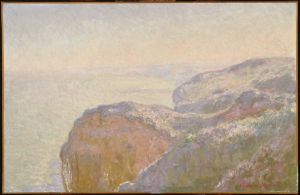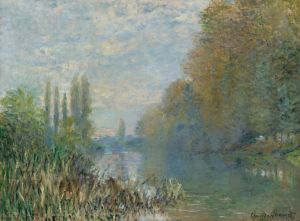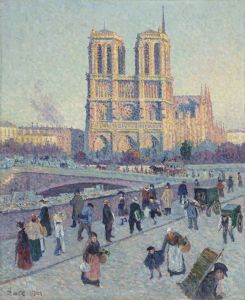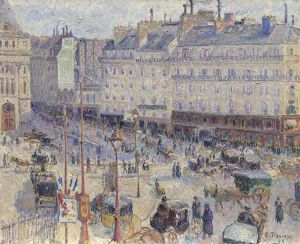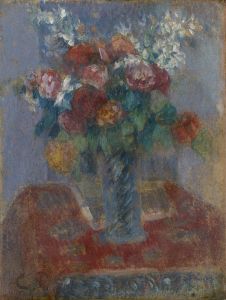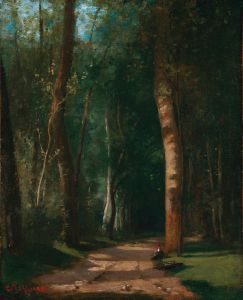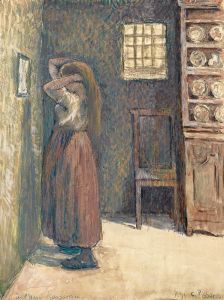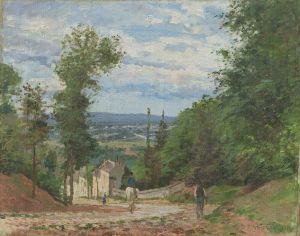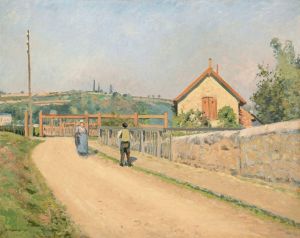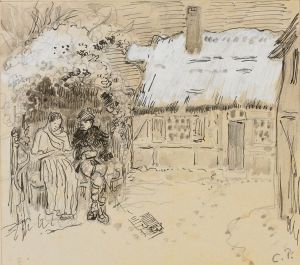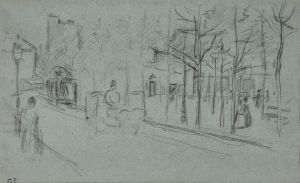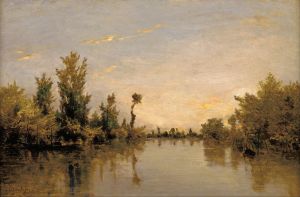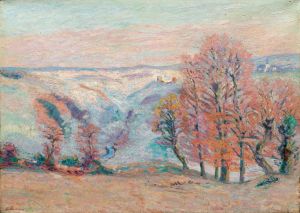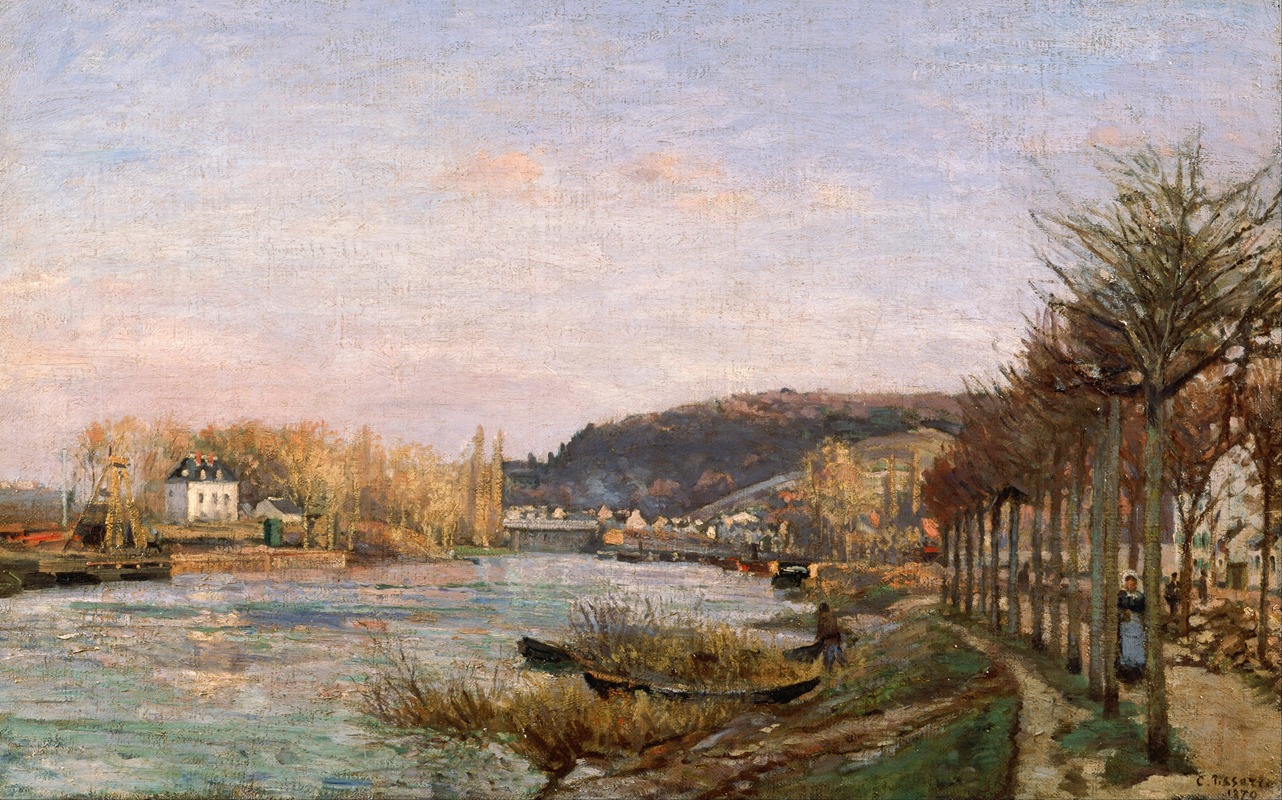
The Seine at Bougival
A hand-painted replica of Camille Pissarro’s masterpiece The Seine at Bougival, meticulously crafted by professional artists to capture the true essence of the original. Each piece is created with museum-quality canvas and rare mineral pigments, carefully painted by experienced artists with delicate brushstrokes and rich, layered colors to perfectly recreate the texture of the original artwork. Unlike machine-printed reproductions, this hand-painted version brings the painting to life, infused with the artist’s emotions and skill in every stroke. Whether for personal collection or home decoration, it instantly elevates the artistic atmosphere of any space.
"The Seine at Bougival" is a notable painting by the renowned French artist Camille Pissarro, who was a pivotal figure in the Impressionist movement. Born on July 10, 1830, in St. Thomas in the Danish West Indies, Pissarro moved to Paris in 1855, where he became deeply involved in the burgeoning Impressionist movement. His works are celebrated for their vibrant depiction of rural and urban French life, often capturing the subtleties of light and atmosphere.
This particular painting, "The Seine at Bougival," exemplifies Pissarro's skill in portraying natural landscapes with an impressionistic touch. Bougival, a commune in the western suburbs of Paris, was a popular location for artists during the late 19th century due to its picturesque scenery along the Seine River. The area provided a tranquil escape from the bustling city life of Paris, and its serene environment was a source of inspiration for many Impressionist painters, including Pissarro.
In "The Seine at Bougival," Pissarro captures the essence of the river and its surroundings with a delicate interplay of light and color. The painting reflects the typical Impressionist focus on capturing a moment in time, emphasizing the effects of light on the landscape. Pissarro's brushwork in this piece is loose and fluid, a hallmark of the Impressionist style, which sought to convey the artist's immediate perception of a scene rather than a detailed, realistic representation.
The composition of the painting is carefully balanced, with the Seine River flowing gently through the center, flanked by lush greenery and the subtle outlines of buildings in the distance. Pissarro's use of color is particularly noteworthy; he employs a palette of soft blues, greens, and earthy tones to evoke the tranquil atmosphere of the riverside setting. The reflection of light on the water is rendered with a delicate touch, capturing the shimmering effect of sunlight on the river's surface.
Pissarro's work is often characterized by its focus on everyday scenes and the lives of ordinary people. While "The Seine at Bougival" does not prominently feature figures, it nonetheless conveys a sense of calm and quietude that is reflective of the rural life that Pissarro often depicted. The painting invites viewers to pause and appreciate the simple beauty of nature, a theme that resonates throughout much of Pissarro's oeuvre.
Throughout his career, Pissarro was known for his commitment to the principles of Impressionism, and he played a crucial role in organizing and participating in the Impressionist exhibitions that challenged the traditional art establishment of the time. His influence extended to many other artists, including Paul Cézanne and Paul Gauguin, who were inspired by his innovative approach to painting.
"The Seine at Bougival" is a testament to Pissarro's mastery of the Impressionist style and his ability to capture the fleeting beauty of the natural world. Today, his works are celebrated for their contribution to the development of modern art, and they continue to be studied and admired by art enthusiasts and scholars alike.





